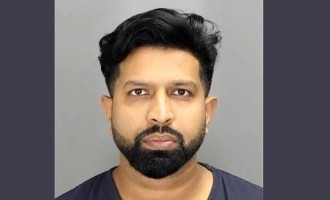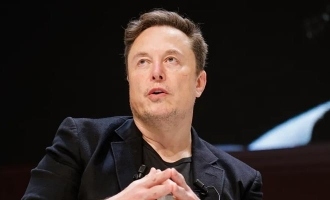In 3100-3300 BC: Tracing the Life of Vittrup Man, Denmark's Ancient Migrant


Send us your feedback to audioarticles@vaarta.com



Some 5,200 years ago, a man was brutally killed and tossed into a Danish peat bog in the northwestern part of the country. Now, new, cutting-edge genetic techniques have unveiled the surprising story of "Vittrup Man," Denmark's oldest known immigrant.
Researchers have been fascinated by bog bodies and mummified remains found in Northern Europe for some time. And now a new study claims to be the first that can extensively trace the life history of a deceased individual.
In 1915, workers made the discovery of Vittrup Man's remains at a peat bog in Denmark. He took a deadly blow to the head with a wooden club around 3100–3300 BC.
Researchers then analyzed his DNA and found him to be genetically distinct from the Danish Stone Age population. The findings were published in the journal PLOS One.
Lead researcher Anders Fischer wanted to humanize Vittrup Man and decode his life story. They were able to deduce that he traveled from being a hunter-gatherer along the Scandinavian coast to becoming a farmer in Denmark.
His diet had changed, as indicated by the chemical analysis of his teeth and bones. It was probably from the fish or seafood diet to the food derived from livestock.
Vittrup Man could have taken part in long journeys by boat, probably moving to and from Norway or Sweden to Denmark. He could have been a captive, a trader, or a sacrificed person.
Although the purpose for his death is unknown, researchers agree that he may have been a sacrifice or perhaps engaged in a conflict.
However, Vittrup Man's story shows the genetics, lifestyle, and rituals of the prehistoric societies that give us very good information on our past.
Follow us on Google News and stay updated with the latest!
Comments
- logoutLogout





 Follow
Follow











-a3e.jpg)
-3c4.jpg)
-e5c.jpg)
-e66.jpg)
-71b.jpg)
-5d5.jpg)
-adc.jpg)
-798.jpg)

-7c2.jpg)




































